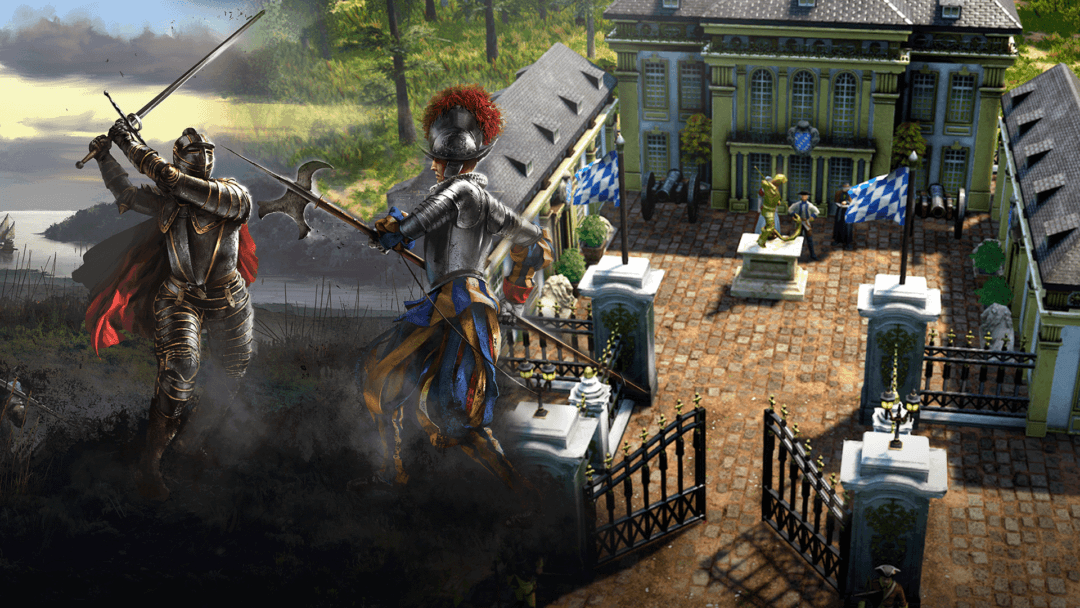
With the introduction of over 30 new European Maps, 9 new Minor Civilizations enter the game, adding an arsenal of unique new units, technologies, and abilities. Representing larger entities whose influence transcended national borders rather than individual people-groups, European Royal Houses thematically blur the lines between major and minor civilizations in Age of Empires III: Definitive Edition.
Like Native American Settlements, Asian Holy Sites, and African Kingdoms, a Trading Post must be built on European Royal Houses’ Palaces to ally with them. Royal Houses provide a unique ability and more units and technologies on average than other minor civilizations, but these are staggered across multiple ages rather than being available in the Exploration Age. These assets make a big impact on gameplay and the units often utilize novel mechanics – such as unit promotions, charged actions, (dis)mounting, and damage deflection – but tend to come at a higher cost than their counterparts.
Read more about all the newest European Royal Houses and the specialized abilities and units they bring to the game!
Table of Contents:
- House of Bourbon
- House of Wittelsbach
- House of Oldenburg
- House of Hanover
- House of Phanar
- House of Jagiellon
- House of Vasa
- House of Habsburg
- House of Wettin

House of Bourbon
Originating out of the French House of Capet in the 10th century, the House of Bourbon would emerge one of the preeminent royal families of Western Europe by the 1500s. At its height, the house had lineages in France, Spain, and Italy. Accumulating wealth and clout through several key engagements throughout France, the Bourbons eventually reached their apex under the reign of King Louis XIV, widely considered the greatest monarch in French history. His rule was renowned for its military proactivity, record-setting longevity (72 years on the throne), and royal opulence, emblemized by the world-famous Palace of Versailles.
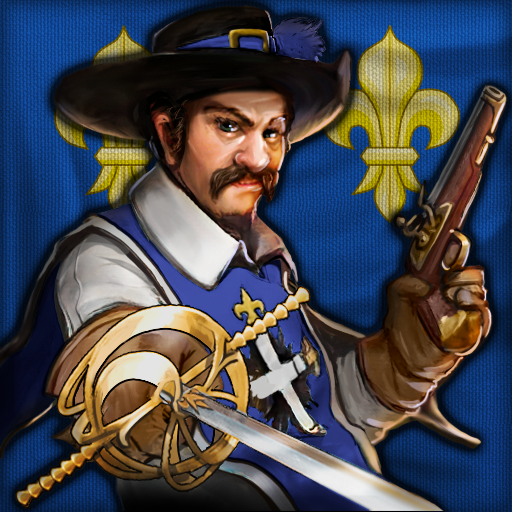
In an era of globe-spanning imperial developments, the Bourbons were notable for their heavy centralization of royal power. To keep their ever-growing holdings under more direct supervision, they passed a series of sweeping reforms in the early 1700s. These policies, however, would prove extremely controversial during the following generations, eventually culminating in the French Revolution in 1789.
Units: Royal Musketeer, Royal Dragoon
Royal March: Temporarily causes your Units to move faster, particularly those on foot.
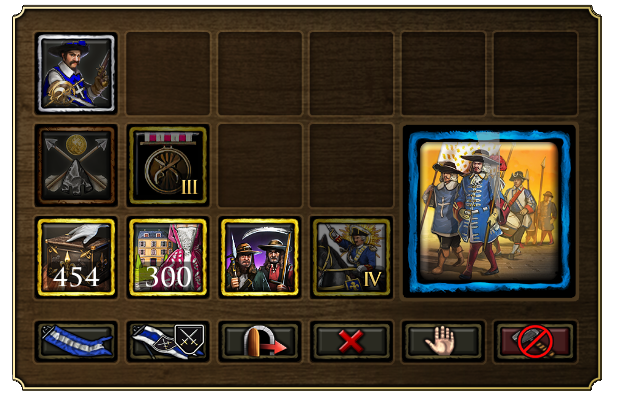
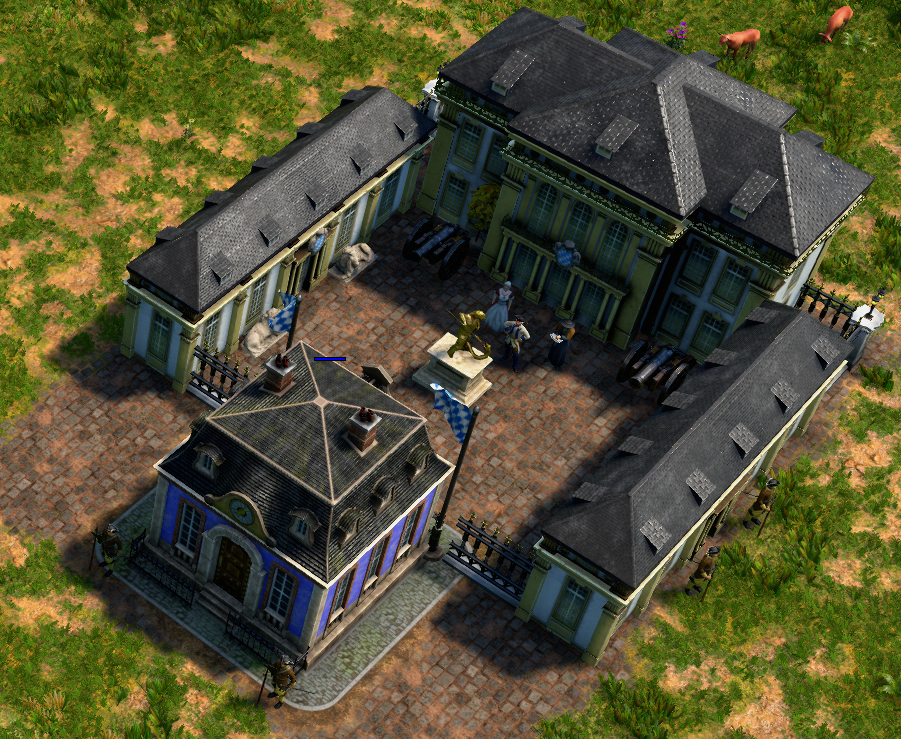
House of Wittelsbach
The Wittelsbachs emerged the dominant ruling family of Bavaria in the late 1100s and played a heavy hand in the region for several centuries. As their prestige grew, they extended their influence far across Europe: south into Greece, west into Britain, and north into Scandinavia. In Sweden, Kings Charles XI and XII were renowned for the development of the Carolean army, which employed innovative tactics to score several military victories against opponents that far outnumbered them. Following the dissolution of the house’s Bavarian branch in 1777, its Palatine branch assumed control in its absence. In the 1800s, the House of Wittelsbach ruled the Kingdom of Bavaria, one of the most preeminent polities of the German-speaking world. They would remain in power until the end of World War I in 1918.
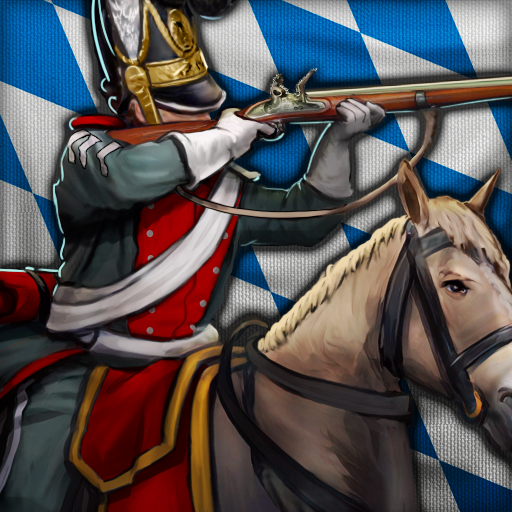
The Wittelsbachs were well-known for their regal splendor. The Bavarian King Ludwig II commissioned the construction of the world-famous Neuschwanstein Castle, a monument so fabulous that it contributed to his reputation as the “Swan King”.
Units: Mountain Trooper, Chevauleger
Alpine Horns Ability: Spawns more Mountain Troopers the longer you wait and also reveals the location of all enemy buildings.
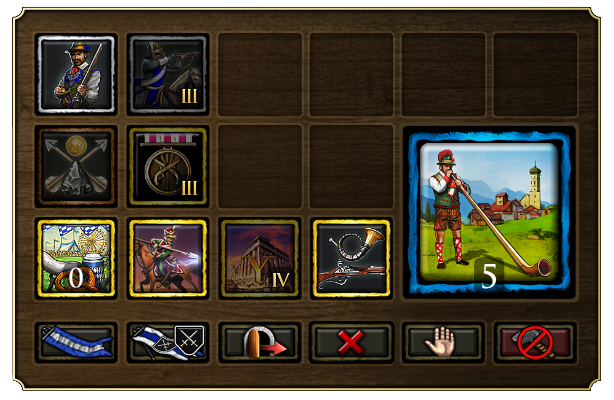
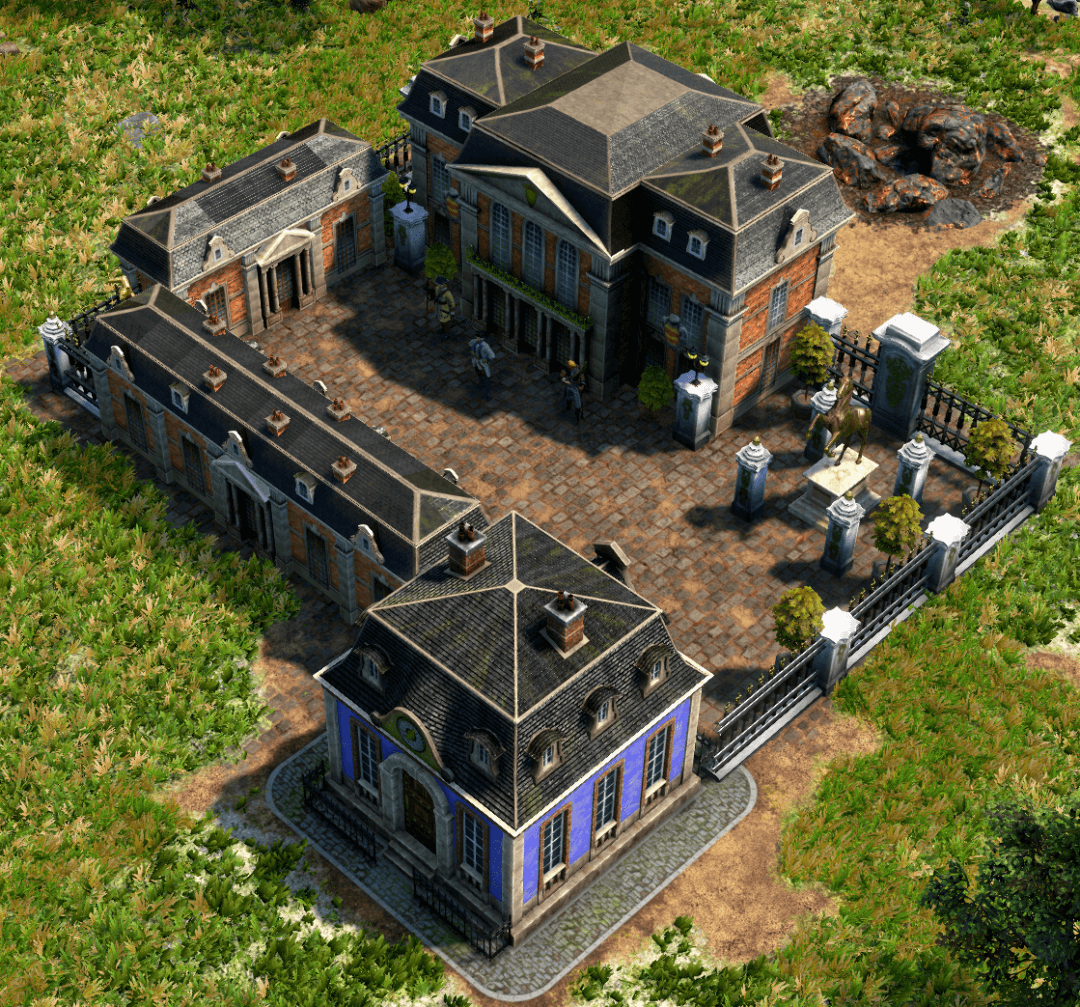
House of Oldenburg
The Northern German House of Oldenburg has ruled the kingdoms of Denmark and Norway since the mid-15th century. Since their inception they have established several precedents that have forged a collective Scandinavian identity. Though the house was particularly prominent in Denmark, the Schleswig-Holstein-Gottorp cadet branch made several powerful inroads throughout Scandinavia and its peripheries. Through its linkage to the Russian House of Romanov, its power stretched deep into Siberia.
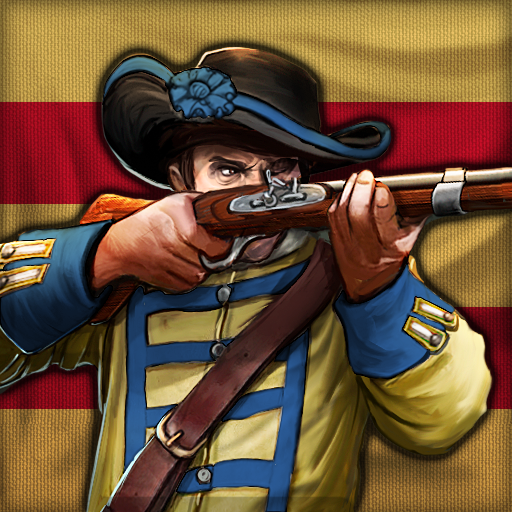
The Oldenburgs adopted several reforms that established the framework of Northern European commerce. Tolls from the Oresund Customs House provided over half of Denmark’s total income, allowing it to establish a firm hand in administrative affairs throughout the Baltic region. In 1783, facing the disruption of transatlantic trade by the belligerent Royal Navy of Britain, the House of Oldenburg established the League of Armed Neutrality, which aimed to protect neutral shipping during wartime.
Units: Royal Huntsman, Northern Musketeer
Scientific Expeditions Ability: Spawns a Hot Air Balloon with a huge line of sight that lasts for a short period of time.
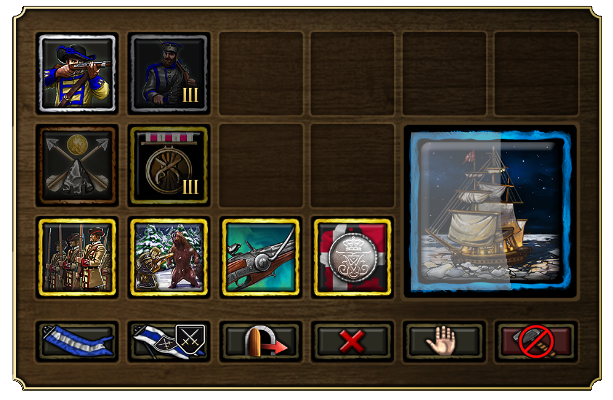
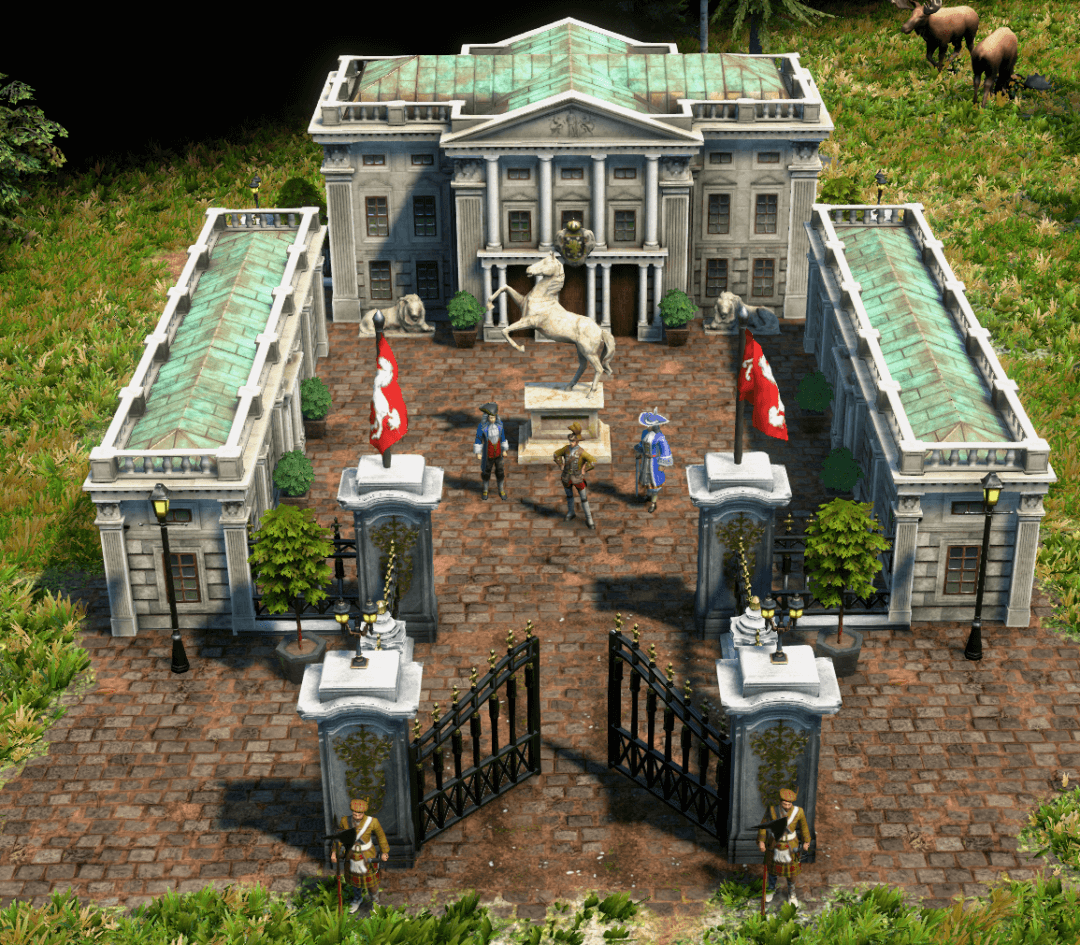
House of Hanover
The House of Hanover can trace its origins back to the prestigious German families of Brunswick and Welf, the latter of which produced the influential Henry the Lion during the 1100s. These families’ steady rise over the coming centuries eventually culminated in the elector George I, becoming head of the British monarchy, a connection which would result in the most prestigious period in British history. Through their network of benefits as part of the Holy Roman Empire, including a key alliance with the Prussians, the Hanoverians transformed Britain into the world’s leading superpower that would reach its apex by the Victorian Era, a period sometimes referred to as Pax Britannica, for the record-shattering size of the British Empire during the long reign of Queen Victoria.
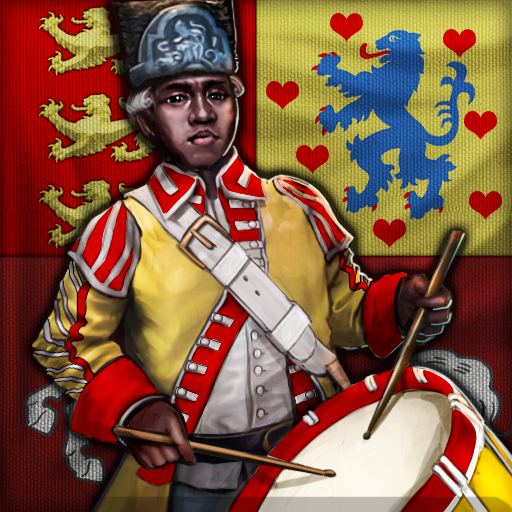
The combined German Legion and British Army saw generations of great military victories, most notably the Battle of Waterloo of 1815, in which the renowned Royal Scots Greys cavalry led a decisive charge that put an end to the ambitions of Napoleon. Reaping the lucrative benefits of their partnership, the Hanoverians ultimately developed their own kingdom following the demise of the Holy Roman Empire at the start of the 1800s and would rule much of their native Germany for several decades.
Despite–and indeed as a result of–producing the largest maritime empire in world history, the unique relationship between the Hanoverians and the British also contributed to the divestment of British royal powers in favor of a constitutional monarchy, setting the precedent for the decentralized system of politics that dominates most of Europe today.
Units: Black Brunswicker , Totenkopf Hussar, Drummer
Royal Fireworks Ability: Unleash a dazzling display of lights to very briefly stun enemy units.
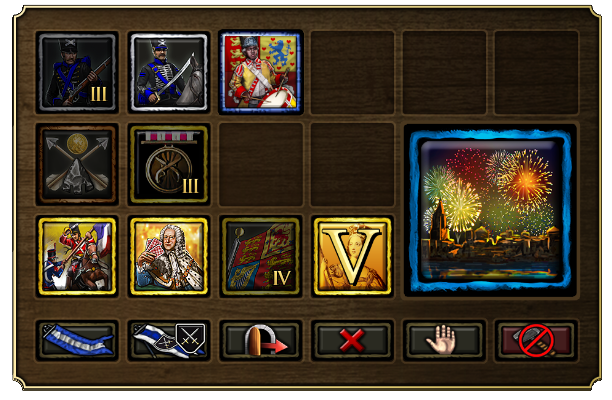

House of Phanar
Following the Ottoman conquest of the Byzantine Empire in 1453, the noble families of Phanar, known collectively as the Phanariotes, became the preeminent liaisons between the Turkish sultan and his Greek subjects. Originating from the culturally preeminent Fener district of Constantinople, the Phanariotes exploited the inner-workings of the Ottoman establishment to inherit some of its most prominent posts. Many Phanariote families such as the Ghicas and Mavrocordatos sought governorships throughout the relatively autonomous realms of Wallachia and Moldavia, where they collected taxes and expanded their political clout.
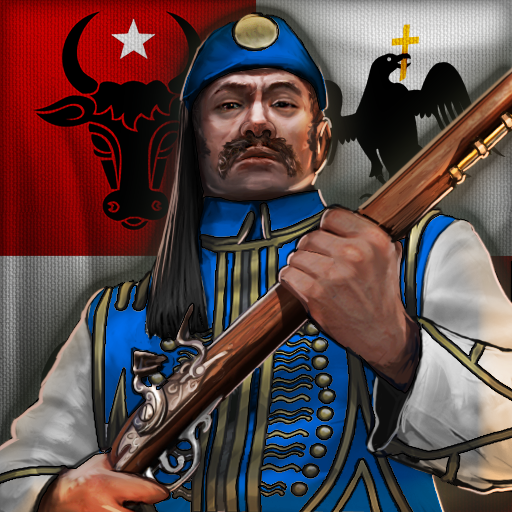
Highly educated and politically flexible, the Phanariotes were instrumental in the Ottomans’ negotiations with European powers and played a key role in establishing contact between Western Europe and the Ottomans’ Christian subjects. By the time of the Greek Revolution, they had developed extensive connections with the British, Russians, and French, which came to influence Greek politics following the decline of Ottoman hegemony. The Phanariote major general Alexander Ypsilantis, a key proponent of the Greek Revolution, became one of Russia’s leading officers during the Napoleonic Wars.
Units: Evzone, Boyar
Greek Revolution Ability: Spawns more Sacred Band Infantry the longer you wait and improves Villagers in combat for a short period of time.
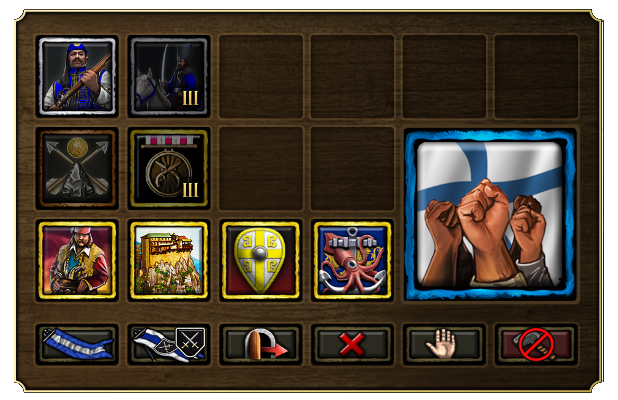
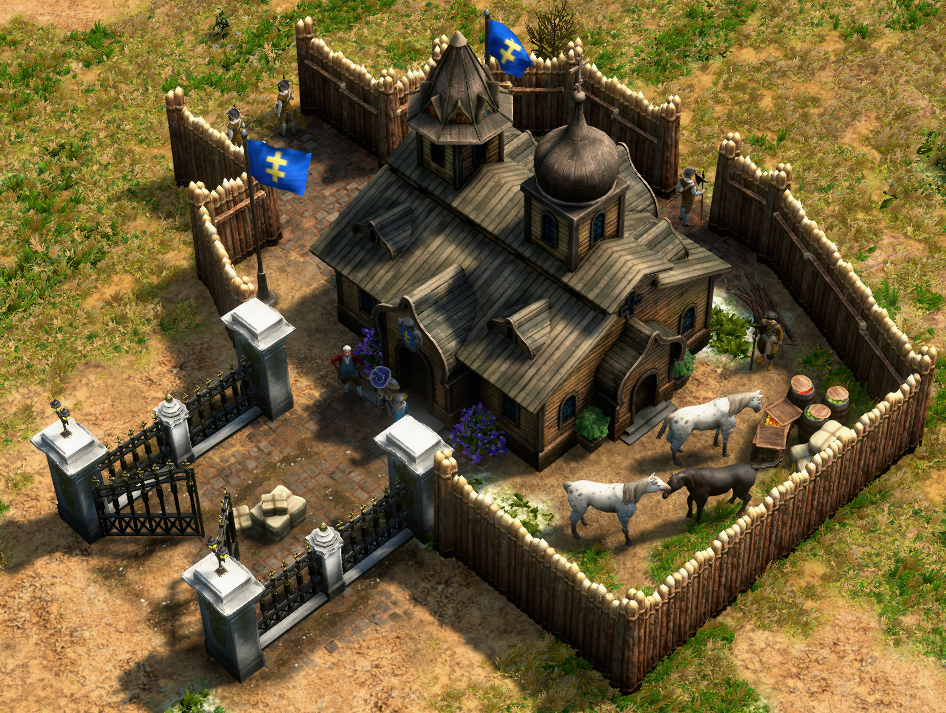
House of Jagiellon
Grunwald, the House of Jagiellon emerged one of the leading arbiters of events throughout Eastern Europe at the dawn of the modern era. Having been born out of the union of the pagan Grand Duke of Lithuania Jogaila (later rechristened Władysław II Jagiełło) and the Roman Catholic Queen of Poland Jadwiga, the House of Jagiellon understood that to survive the threat of their powerful neighbors, disparate polities would have to unite under a common cause. This close relationship between Poland and Lithuania would eventually culminate in the Union of Lublin, which established a Commonwealth between the two kingdoms that would continue to rule the region for several generations after the house’s demise shortly thereafter.
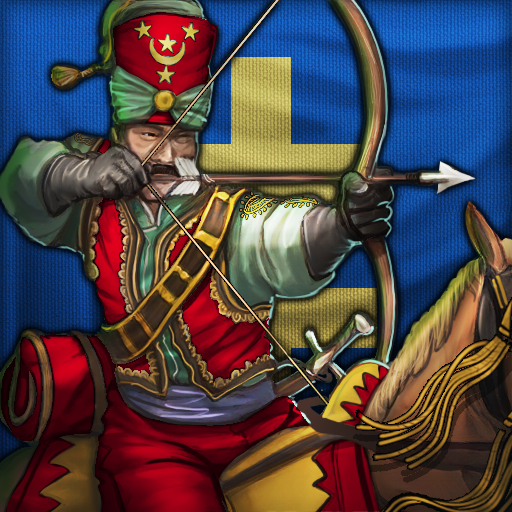
Throughout their existence, the Jagiellons oversaw the development of a multicultural society marked by religious toleration and decentralized rule. Turning to the west for inspiration, the Jagiellon dynasty would make contact with the royal lineages of Hungary and Bohemia, unions which would prove fruitful in the ensuing centuries. Through these connections, the Jagiellons imported ideals of the Renaissance and fostered their spread throughout their core domains. The Jagiellonian University in Kraków is one of the oldest and most prestigious centers of learning throughout Europe and a catalyst for the Polish Golden Age of the 1500s.
Units: Lipka Tatar, Shock Rider
Balance of Power Ability: Equalizes your resource stockpile.
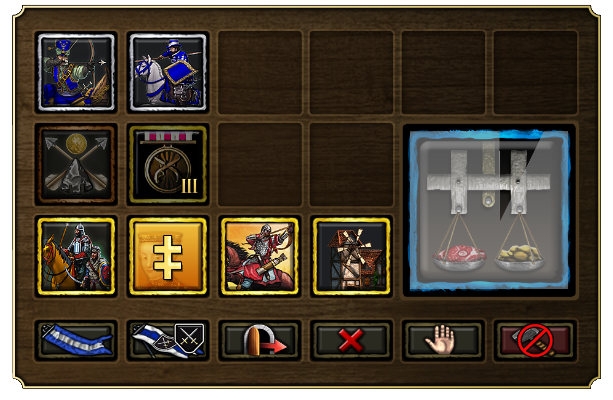

House of Vasa
The House of Vasa experienced one of the most turbulent existences of the pre-modern era throughout its short presence. When the Catholic King of Poland Sigismund III inherited the Swedish throne in 1592, a dynastic conflict erupted between members of the house, as Sweden by then was predominantly Protestant. Compounding matters was Poland’s recently adopted system of Golden Liberty, which ensured egalitarian privileges to the szlachta noble class, granting them disproportionate influence over the house’s policies. Following the brief-lived Polish-Swedish union, Sweden came under the rule of the Bavarian House of Wittelsbach, which, in tandem with Russia, declared war on the Polonized Vasas in the Deluge.
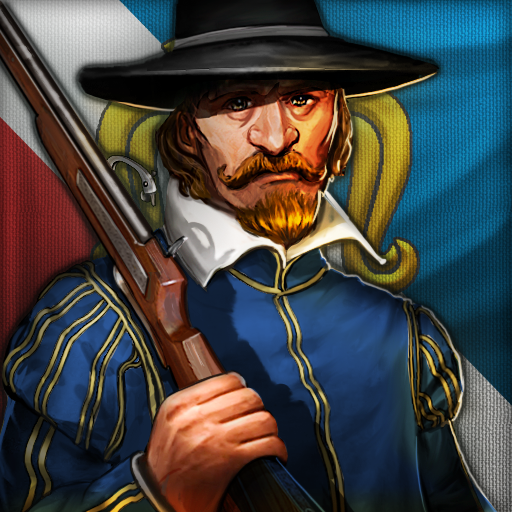
By the 1600s, the House of Vasa found itself at the heart of the infamous Thirty Years’ War with the Holy Roman Empire. Amidst this conflict, the streak of military successes and sociocultural achievements of King Gustavus Adolpus of Sweden earned him the nickname “the Lion of the North” and laid much of the foundation of modern Swedish national pride.
Units: Royal Arquebusier, Winged Hussar
Order of Vasa Ability: All gather rates increased (Villagers gather +25% faster, Buildings trickle +10% faster). Bonus improves the longer you wait.
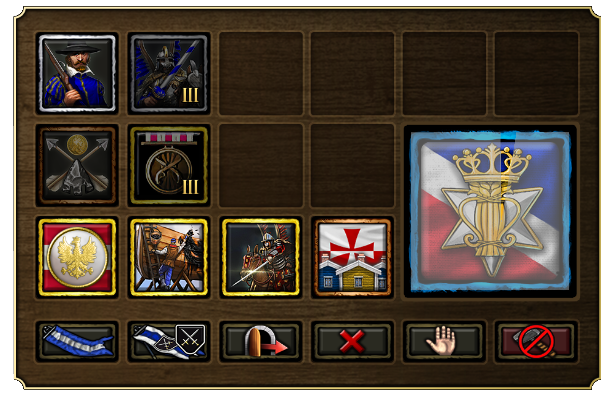
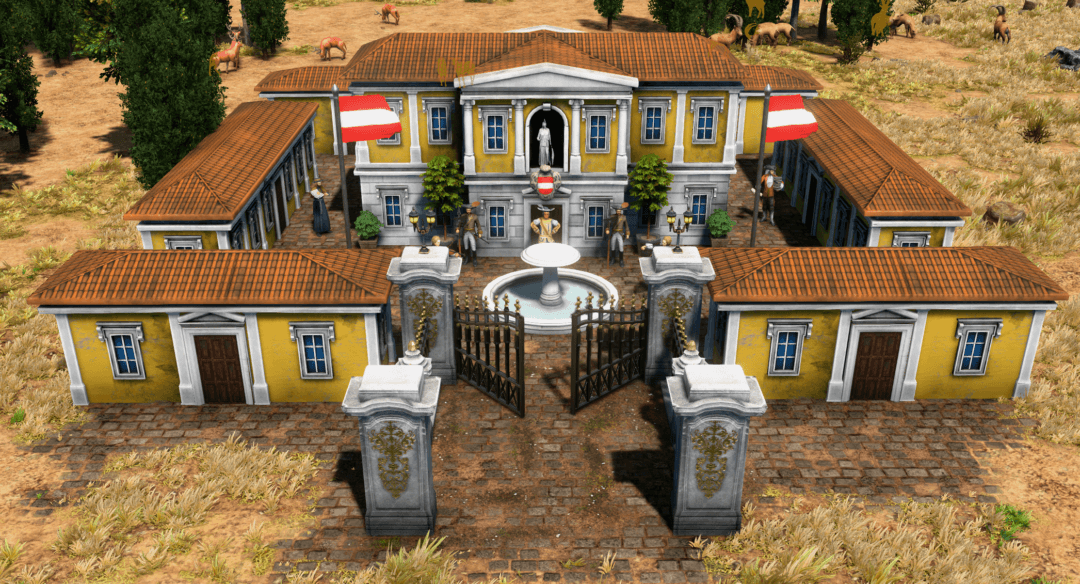
House of Habsburg
The Habsburgs were the engine driving the imperialist ambitions of much of Western Europe in the early modern era. From its humble roots in the southern reaches of the Holy Roman Empire, the Habsburgs would reach its breakthrough with the ascent of Charles V to the thrones of Spain and the Holy Roman Empire. Channeling his vast of wealth and political connections accrued from the Duchy of Burgundy, Charles set the precedent of a universal monarchy, wherein a multinational congress would serve a rigid central authority figure.
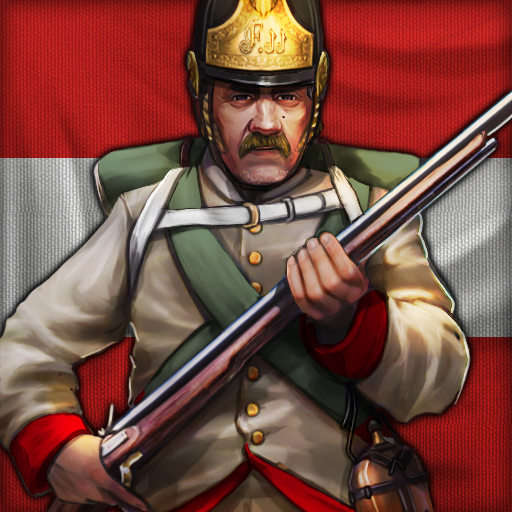
Despite only partially realizing his lofty dreams in his lifetime, Charles V left a permanent imprint on the Habsburg dynasty during the centuries following his death. Under the reign of King Ferdinand on, a newly united Spain would quickly carve a vast dominion throughout most of Central and South America. Further to the east, the kingdoms of Bohemia and Hungary would fall under Habsburg persuasion. Through this solid coalition, the Habsburg Crown Lands were a bulwark against the aggressive expansionist campaigns of the Ottoman Empire, climaxing at the second Siege of Vienna in 1683. In 1713, Charles VI of the Holy Roman Empire issued the Pragmatic Sanction, an edict that reaffirmed the Habsburg territories as an indivisible nation state. The Habsburg royal family would continue to dominate European politics until the collapse of the Austro-Hungarian Empire in the 20th century.
Units: Mounted Infantry, Line Infantry
Radetzky March Ability: Spawns more Magyar Hussars the longer you wait.
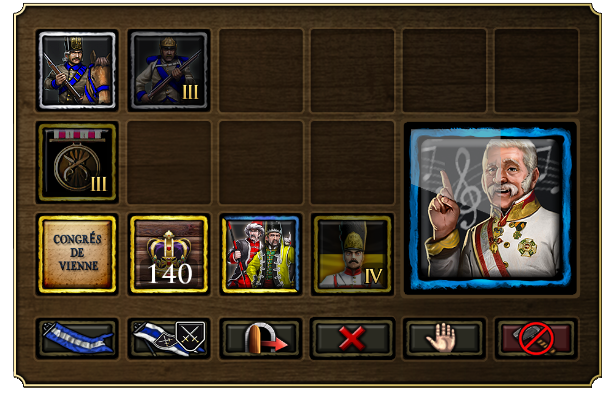
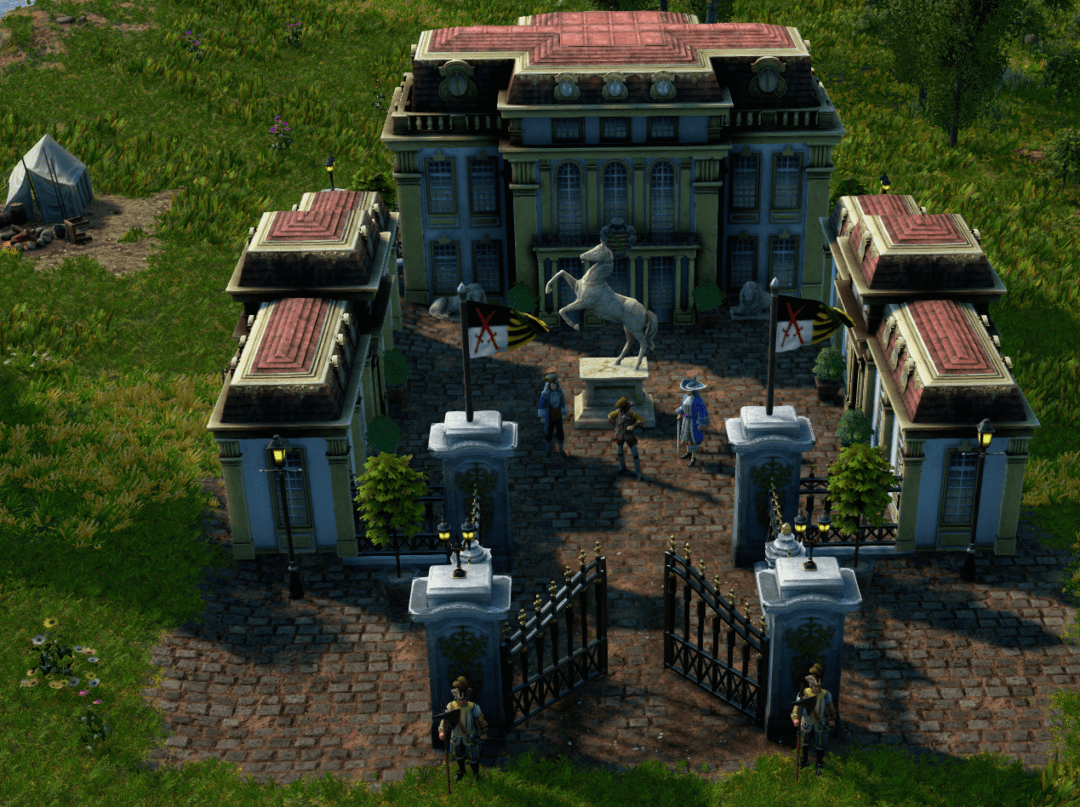
House of Wettin
The House of Wettin, derived from its claimed link to the Saxon chief Wittekind, holds a legacy that spans over a thousand years. Following generations of accumulated clout in the Holy Roman Empire, the Wettins were some of the empire’s greatest proponents by the time they were split into the Ernestine and Albertine branches in 1485. In the aftermath of the Napoleonic Wars, the Wettins were able to establish the independent Kingdom of Saxony, which thrived for a century.
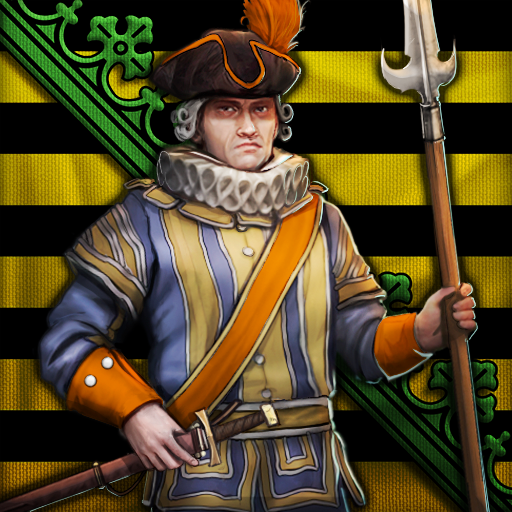
Both the Ernestine and Albertine lines produced important figures whose legacy is still felt both within and beyond the house’s Saxon homelands. The Albertine elector Augustus II the Strong went on to become King of Poland and Grand Duke of Lithuania, not only inheriting a huge territory, but also undertaking major renovation projects in the cities of Dresden and Kraków. The Ernestines reached their apex beginning in the 19th and 20 centuries, when the Saxe-Coburg and Gotha branch married into royal families as far away as Belgium and Portugal, eventually earning it the nickname “the stud of Europe”.
Units: Trabant, Saxon Cuirassier
Goldener Reiter Ability: Significantly boosts Cavalry and Shock Infantry armor.
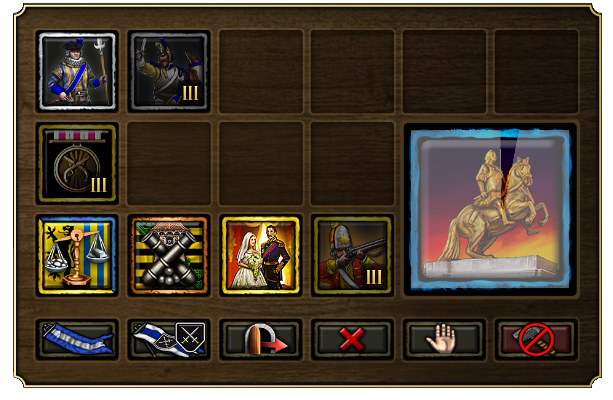
Pre-Order Now!
Ready to explore and battle it out with all the new things? Knights of the Mediterranean is available now to pre-order from the Microsoft Store and Steam!
